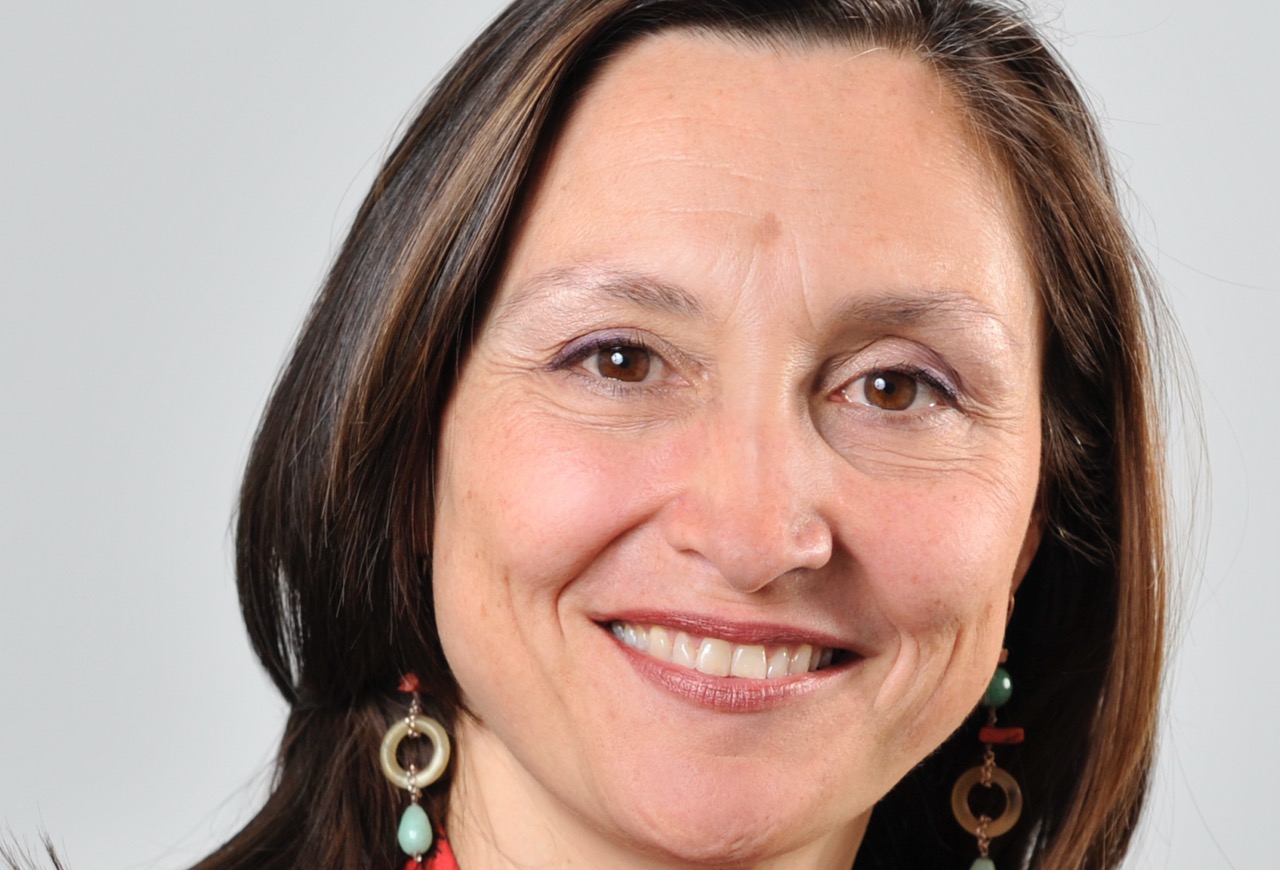The implementation of the European Commission’s Social Economy Action Plan presents challenges, but it has placed social investment at the heart of the EU’s post-Covid recovery programme

In brief
- The EU’s social economy continues to expand, representing some 2.8 million entities, including cooperatives, mutual benefit societies, non-profits, foundations and social enterprises
- Adopted at the end of 2021, the Social Economy Action Plan is designed to provide a joined-up approach to support the sector
- It promotes improved access to finance, better measurement of social impact and guidance on state aid and taxation, among other measures
- The plan is just a starting point – implementing it, presents many challenges
Fully implementing the European Commission’s (EC) multi-faceted Social Economy Action Plan (SEAP) may be a challenge. But by throwing the spotlight on social investment as a vital pillar of the EU’s post-Covid recovery programme, the SEAP is already proving beneficial for the sector.
The plan, which was adopted by the EC in December 2021, contains a plethora of measures designed to provide a more joined-up approach to what is currently patchy and varied support for the social economy across the bloc.
It promotes improved access to finance and financial products, better measurement of social impact to prevent “social washing”, guidance on state aid and taxation, and the launch of an EU Social Economy Gateway – a one-stop shop where social economy actors can find information on EU funding, policies, training, and initiatives – among other measures.
The plan is now subject to stakeholder consultations before the EC proposes a European Council Recommendation on developing social economy framework conditions in 2023.
Growing sector
The EC’s definition of a social economy organisation is a private entity running economic activities whose main purpose is to provide goods and services to its members or the community at large, with profits coming second.
The social economy is expanding, representing around 2.8 million entities in the EU such as cooperatives, mutual benefit societies, non-profits, foundations, and social enterprises, and provides 13 million paid jobs, according to the EC.
The latest effort to add momentum to the process was an informal meeting of ministers responsible for the social economy from 23 EU countries on 17 February, hosted by France and with Nicolas Schmit, European Commissioner for Jobs and Social Rights, in attendance.
The ministers produced a communique supportive of the SEAP’s aims, which stressed the need to respect “the diversity of national traditions” in the social economy and tailor the action plan accordingly.
Unpicking the political speak, this means that, due to the wide range of approaches to the social economy across Europe, the framework cannot afford to be overly prescriptive if it is to be successful. Instead, much of the action required will need to be decentralised to individual countries, albeit with support from Brussels.
Implementation challenges
Schmit, whose team produced the SEAP, says the hard part comes next.
“The actual plan is a starting point, now we have to implement it. And it’s not only the Commission that has to implement the plan, it has to be implemented at very different levels,” he told a video conference linked to the ministers’ meeting.

That’s a view shared by Roberta Bosurgi, CEO of the European Venture Philanthropy Association (EVPA), a sector body whose broadly based membership ranges from private philanthropists to mainstream investors, and national development agencies.
“The challenge is for us in the impact community to help keep up the pace and the momentum. If we get lost in political games, then that will be unhelpful for everyone,” she tells Impact Investor.
“This is an area where there hasn’t been a common framework at the European level, and there is a huge diversity of approaches between countries in the social sector that must be worked around. But I think we can see a willingness to work together to align on a common definition of the social economy, and a common policy framework on infrastructure for access to finance,” she adds.
The establishment of the EU Social Economy Gateway, which will compile a complete inventory of public policies and funding for the sector across the EU, promises to be a catalyst for funding, as it should enable enterprises to identify more funding opportunities at both local and EU-wide levels rapidly.
“As the majority of funding from the European Commission’s new budget will be decentralised to member states for them to drive and disburse, national public authorities should engage in dialogue with the private social investment market and use their expertise.
“In addition, collaboration between the European Investment Bank, the European Investment Fund and the National Promotional Banks should increase awareness of co-financing at national and European levels”, Bosurgi says.
Prioritising impact measurement
As with sustainable investing, there is also a push to produce a taxonomy, or classification system, for social investments. However, the Commission is mindful that tools for measuring the social impact of investments – a pre-requisite for a workable taxonomy – remain poorly developed and need work.
“Measuring social impact is essential for social economy actors to demonstrate why they make a difference to attract appropriate support by policymakers and investors, and we need to facilitate the process for them,” Schmit said.
The Commission plans to work with stakeholders to develop simple, standardised impact measurement methodologies, taking a lead from the experience of countries such as France, regarded as having one of the bloc’s more advanced frameworks for social investment.
Time is of the essence in this regard, if growing social economy investments are to avoid being dogged by allegations of ‘social washing’, similar to those of ‘green washing’.
“If you want to carry the impact label, the first thing you need to be able to measure is the impact that you create.”
Roberta Bosurgi, CEO, EVPA
Bosurgi says that as the social economy starts attracting more mainstream investors, social washing is becoming a serious risk, which can best be reduced by improved impact measurement.
“If you want to carry the impact label, the first thing you need to be able to measure is the impact that you create,” says Bosurgi. “The ‘social washing’ risk is that funds that offer market rate returns, while making inaccurate claims about the impact they deliver, may out-compete funds that are truly focused on impact, but which cannot deliver similar returns.”
As the risk profile of some investments in the social space is higher than those in environmental or digital technologies, the message that investments with social impact can get similar returns to mainstream investments is unhelpful, she said.
While the EVPA welcomes the overall thrust of the SEAP, Bosurgi says she hopes that when implementing the plan, EU member states will ensure more private sector involvement in stimulating the social economy.
“There is still too little space in the plan about the role that the private sector can play in providing support beyond funding, for example in terms of competencies and capabilities,” she says. “At the national level, there needs to be much more of a focus on bringing the private and public sectors to the table for collaboration, and identification of solutions.”





